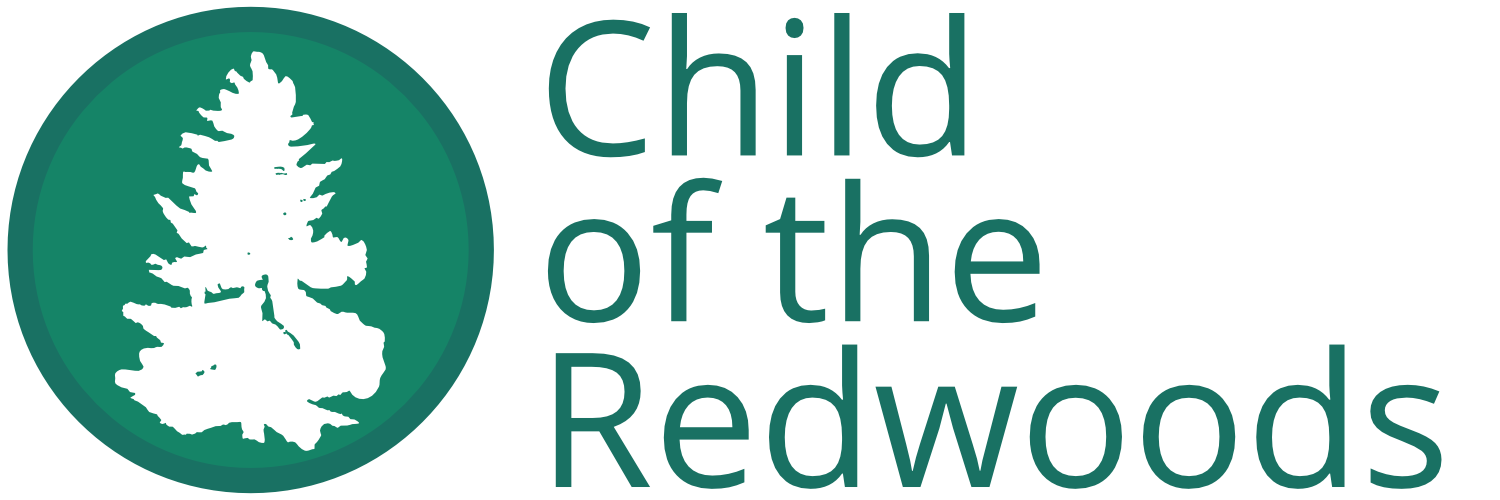If reading and writing are the USE of language, grammar is humanity’s attempt to describe HOW language works. In some sense, grammar is completely arbitrary. Unlike mathematics or science, which are grounded in naturally occurring and observable laws, humans invented language, then, much, much later, invented reading and writing to record it. Grammar rules, like what makes something a noun or when to use a comma, are an even later invention.
Nonetheless, human attempts to understand how their language works and standardize its usage are greatly important, for it aids in its shared precision. After all, the entire point of language is to communicate with others, and the more precise the language, the more precise the communication.
So while grammar can feel arbitrary and the rules remain a source of hot debate, its existence is critical and all children should have an opportunity to explore the expansive subject in detail. For that reason, we separate Grammar from Reading and Writing.
From the unique symbols for parts of speech to the miniature environment to the emphasis on Latin and Greek roots, few disciplines approach the study of Grammar with quite the same inventiveness as Montessorians. Over the decades, other educational approaches have adopted some of the techniques, yet the Montessori Grammar curriculum — as a whole and as a part of its broader approach to learning — remains special. We continue that tradition at Child of the Redwoods.
Because children under 6 (those in the first plane) are typically still learning to read and write, the study of grammar plays a relatively small role than it will in later years. Nonetheless, even young children can begin to explore concepts like parts of speech and basic punctuation. Because children in this age group are oriented to concrete learning, you’ll use games and tools, like the miniature environment, to help make concepts like “noun” and “verb” less abstract.
Overall, the goal is for first plane children to become familiar with basic parts of speech and punctuation symbols to aid in their study of writing and reading.
Grammar comes to life starting with 6 to 9 year olds (those in the second plane). As they progress, they’ll move quickly from simply identifying parts of speech to coming up with inventive ways to stretch their usage. As they read more complex works of literature, they’ll expand their vocabulary and confront new, sometimes unorthodox uses of language. Children in this age group can find diagramming weird sentences great fun.
In addition to parts of speech and punctuation, second plane children also begin working on sentence analysis, where they will learn to diagram sentences using the classic Montessori symbols and colors. They’ll also dig into concepts like synonyms, antonyms, and homonyms, learn Greek and Latin roots, and use more advanced punctuation.
Overall, the goal is for second plane learners to emerge with a sturdy understanding of how language works, so they can read and write at a higher level.
Though it may break some hearts to hear it, Child of the Redwoods finds memorizing English grammar rules of limited value. On the other hand, the study of Grammar - as a way of understanding written and spoken language - is of extreme importance. In other words, we want to foster an appreciation of language and encourage precise use, whether they remember how to diagram a sentence or not.
With younger learners, the goal is to help them understand that language follows specific rules called grammar. Point to all the chairs in your living room. What else in the room is a noun? Play ‘Simon Says’ type games using verbs. I wonder how high you can jump? Use stuffed animals to create a scene then describe it. Which animal is drinking tea?
For elementary-aged children, the goal is to help them understand how language rules make their communication clearer. What do words starting with “pre-” have in common? How does a sentence change if I use an exclamation point instead of a period? What would happen to a sentence if I deleted all the articles?
Above all, the key to success is for you, the parent or caregiver, to be CURIOUS. Child of the Redwoods emphasizes that education is a journey you take WITH your children. When you show curiosity about the world, your child will follow the example.
Though Grammar is part of the Primary curriculum, it really comes to life for those over the age of 6. For under 6 learners, we limit our work to one domain — Parts of Speech. For those over 6, the Grammar curriculum adds three more domains: punctuation, sentence analysis, and word study.
Parts of Speech: This domain focuses on learning to identify nine parts of speech - nouns, articles, adjectives, verbs, prepositions, adverbs, pronouns, conjunctions, and interjections.
Punctuation: This domain covers several common punctuation marks, including periods, question marks, exclamation marks, commas, and apostrophes.
Sentence Analysis: In this domain, lower elementary learners use their knowledge of parts of speech to dissect and diagram sentences.
Word Study: This domain covers the components that make up a word, including the root, the prefix, and the suffix.
In practice, this means children in Primary will spend much of their time learning the basics of reading and writing, and we start adding in grammar lessons only towards the end. By contrast, Lower Elementary learners should have dedicated time each year for the study of Grammar as a subject in addition to their application of these concepts to the books they’re reading and their own writings.


